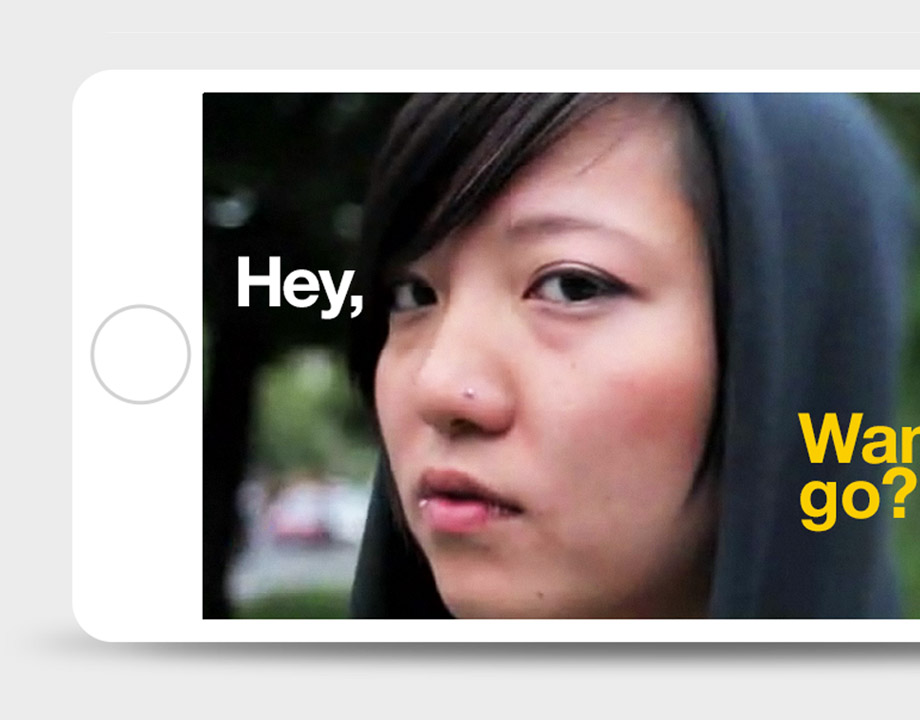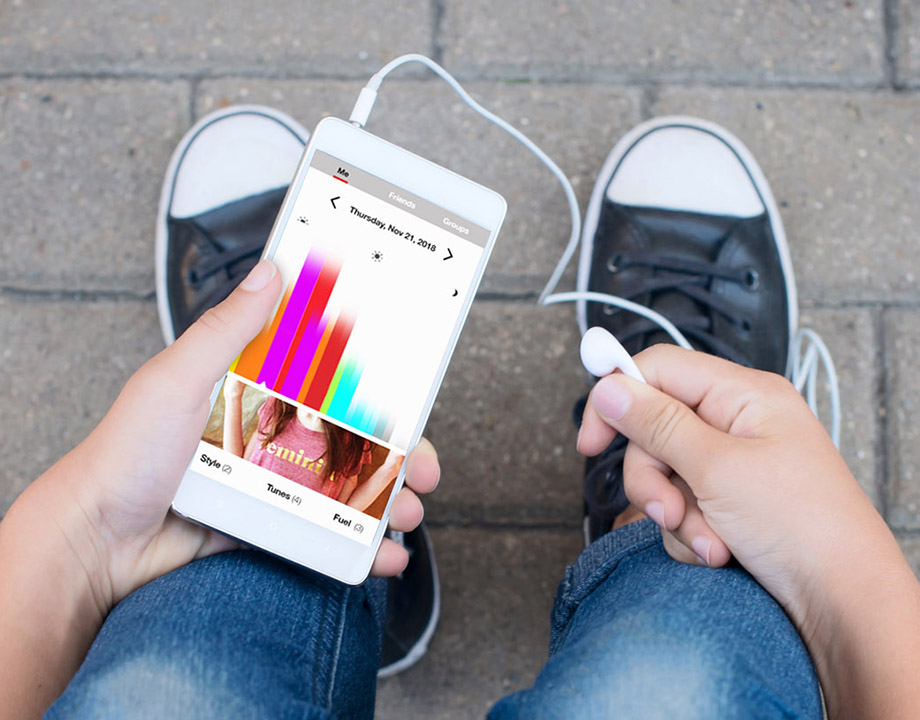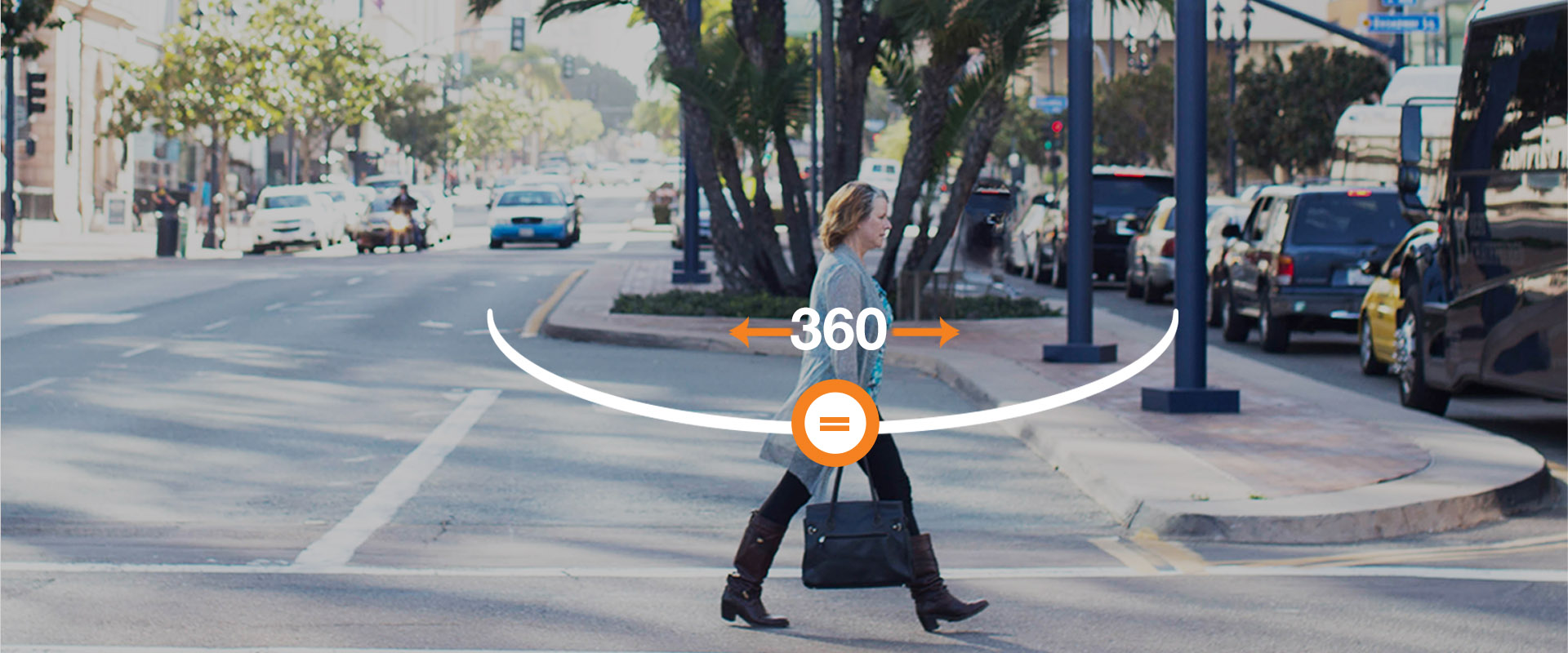
Patients’ ecosystem.
BOSTON SCIENTIFIC
Problems
- 33 million people globally + 5 million people in the U.S. suffer from Atrial Fibrillation, while current medications cause serious side effects.
- Boston Scientific engineers developed a new-of-its-kind implanted medical device, though research showed that patients were reluctant to choose it despite the advanced technology.
Challenges
- How might we introduce the benefits of a new type of treatment that, although clinically + technologically advanced, patients feel reluctant to adopt?
- How might we build a strategy considering doctors’ training time for the new, implanted medical device in the U.S. + globally?
Solutions
- Strategy + design of a system across patients’ experience, including:
- A global integrated marketing + educational campaign
- Embedded, interactive data, experiential tools (Ex: how small + light the device is, heartbeat prior + after treatment).
- New app connecting patients, caregivers, + doctors + providing education + communication.
- New platform enabling locating clinical centers + doctors + learning about their experience implanting the device.
Results
- Expanded value to patients + caregivers beyond the device.
- Created a human-centered global strategy across patients’ end-to-end experience and touch points.
- 140,000 unique visits in the first 3 months.
- 18,000 unique, engaged visits in the first 3 months.
- 1 app scaled across other implanted medical devices.
- 1 platform scaled across other digital platforms.
- 6 awards
- Saved Boston Scientific over $3 million by establishing + leading an internal cross-disciplinary design + engineering team with an agile, human-centered approach.
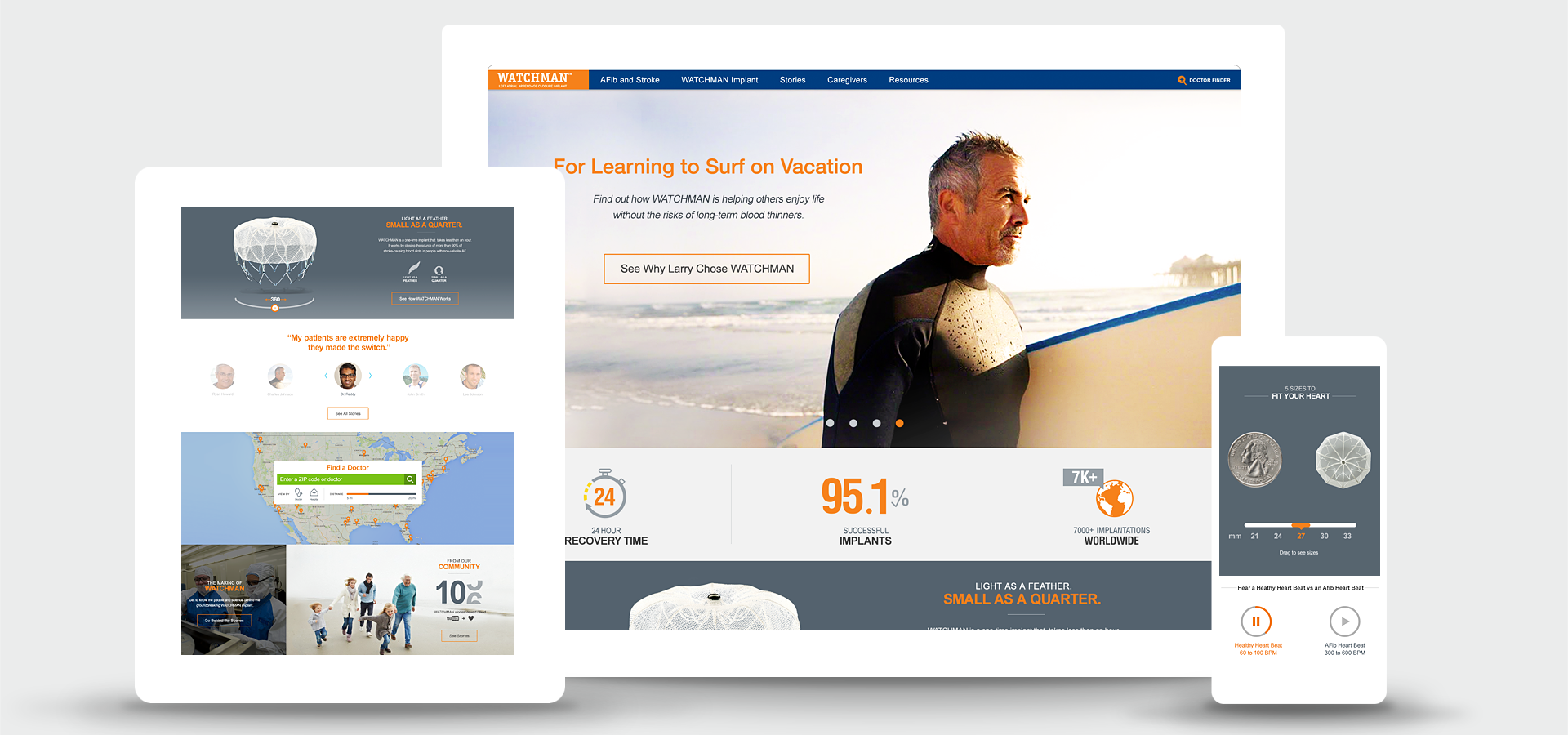
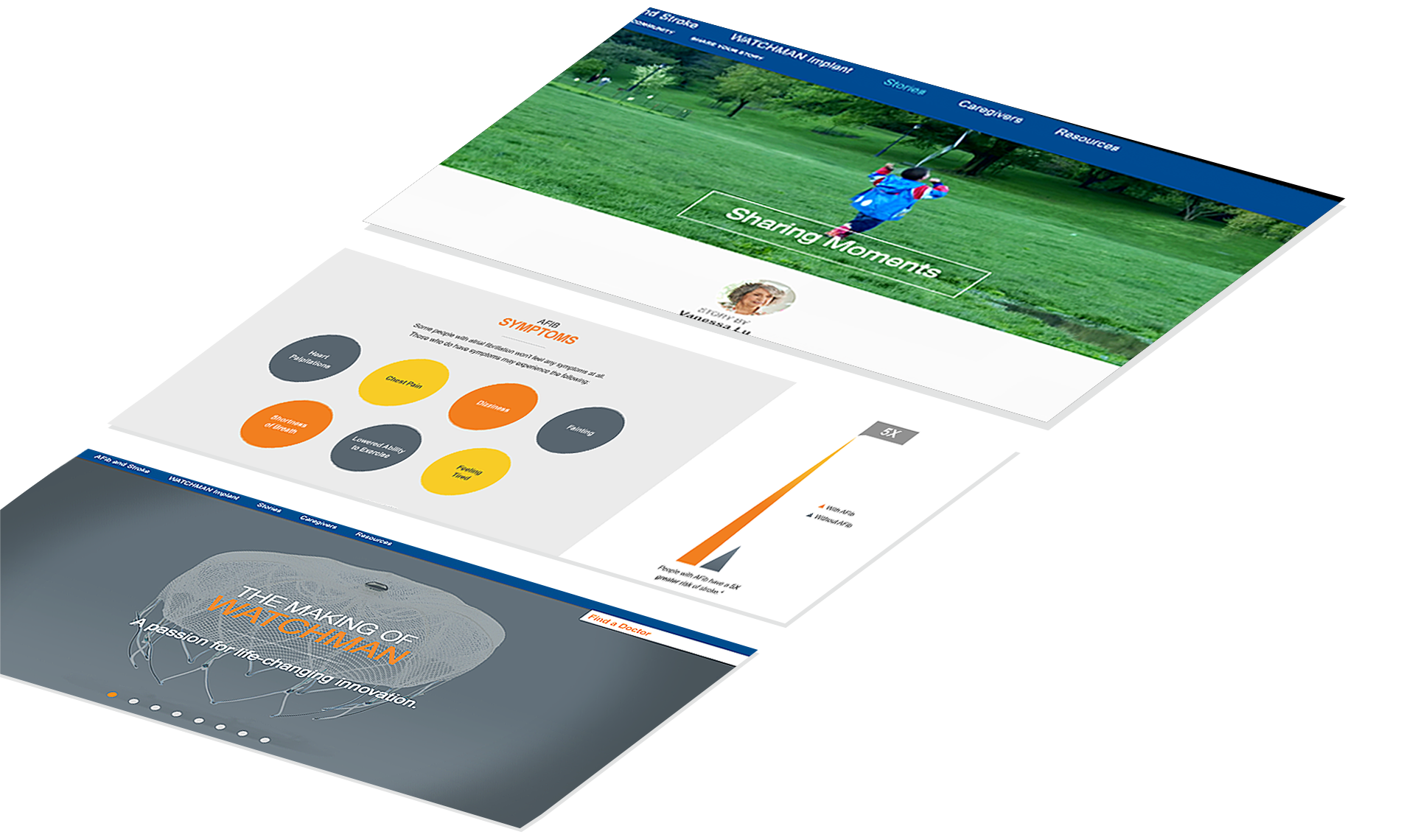
Human stories that matter.
- Reframing the problem from product + technology-first to human-first.
- Based on experience maps + service design models, identified what information patients, caregivers, + doctors need + when + anticipated the gaps, resulting in a global, integrated campaign, one app, + one platform.
Applying design thinking.
- Conducting field observations + interviewing patients, caregivers + doctors, + prototyping + testing to create the experience, services, + tools that patients, caregivers, + doctors need.
- Helping patients understand complex medical information in human-centric ways, allowing them to make the decision that’s right for them.
- Minimizing marketing while providing knowledge, services, + tools.

Reframing pain points.
- Based on interviews, patients were worried that the procedure is too invasive. A communication app provides doctors with a tool to explain complex medical information about the condition, how it affects other related medical conditions, + the procedure in-person + virtually, during + after the visit.
- For patients and caregivers, it provides personalized, visual information that they can digest on their own time + enables them to communicate with the clinical team remotely. Patients make the choice when ready + learn to prepare for the procedure.
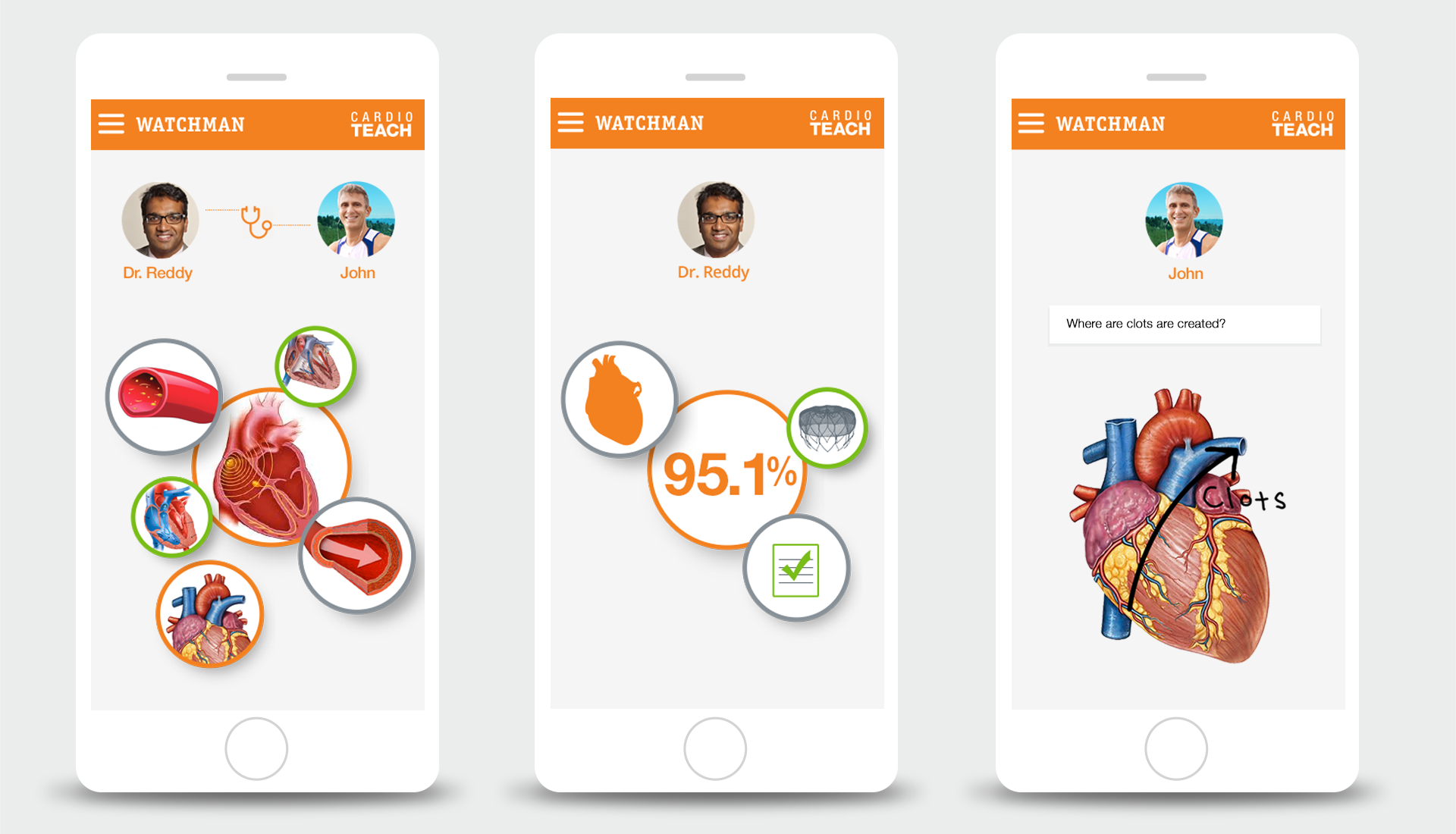
Environment activation.
As the first product of its kind, explaining what it does expanded into environment: Cleaning a water stream from debris elevates awareness to the condition and Watchman’s role allowing the blood to flow freely.
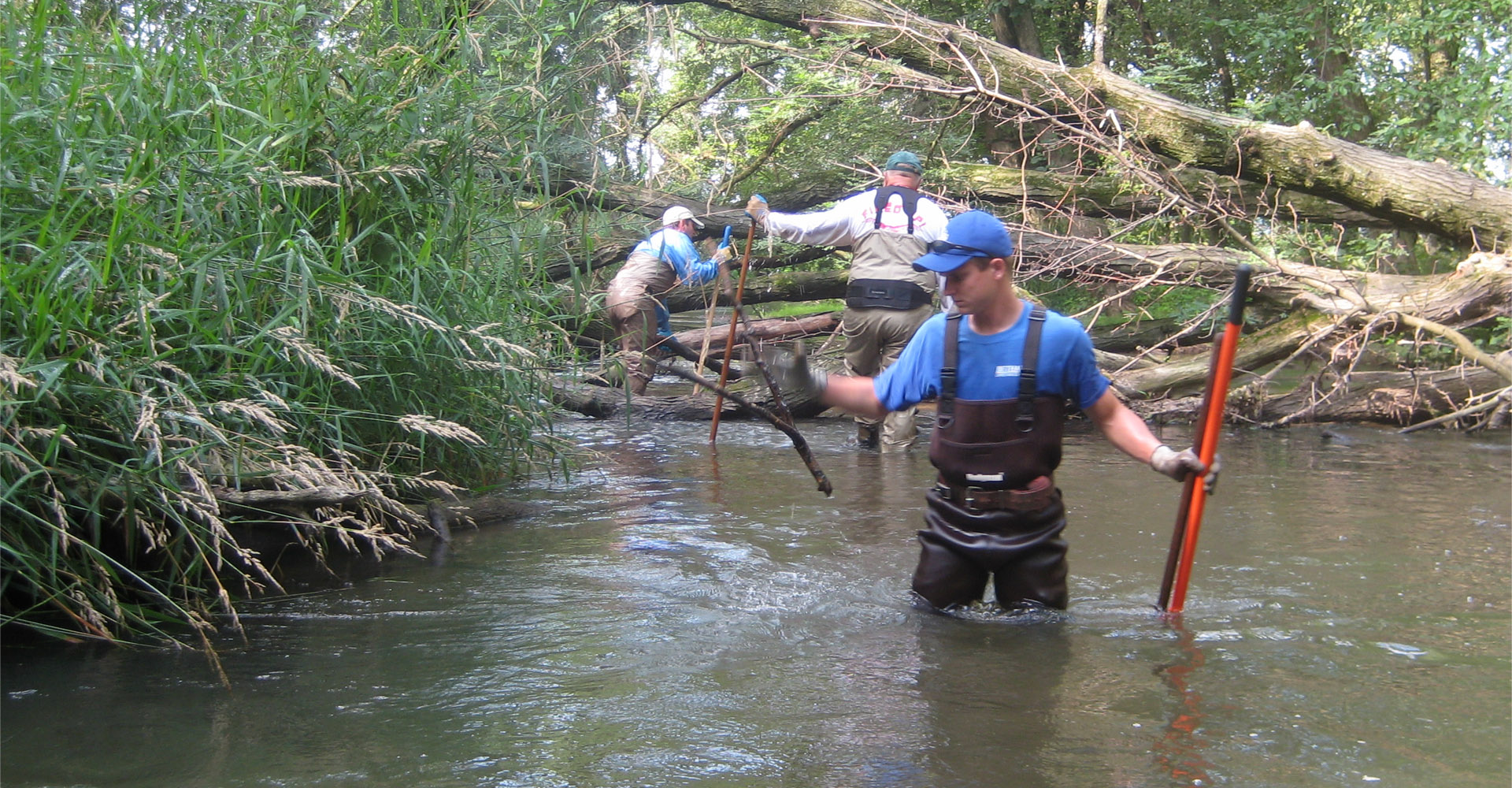
Personalized content.
A tailored, unique content strategy for each social media platform based on audience engagement and differentiators. Pinterest: Engaging artists to visually explain what Watchman does. YouTube: Sharing a video of a patient skydiving after the procedure. Facebook: Telling the behind-the-scenes story about how the product was invented and created.
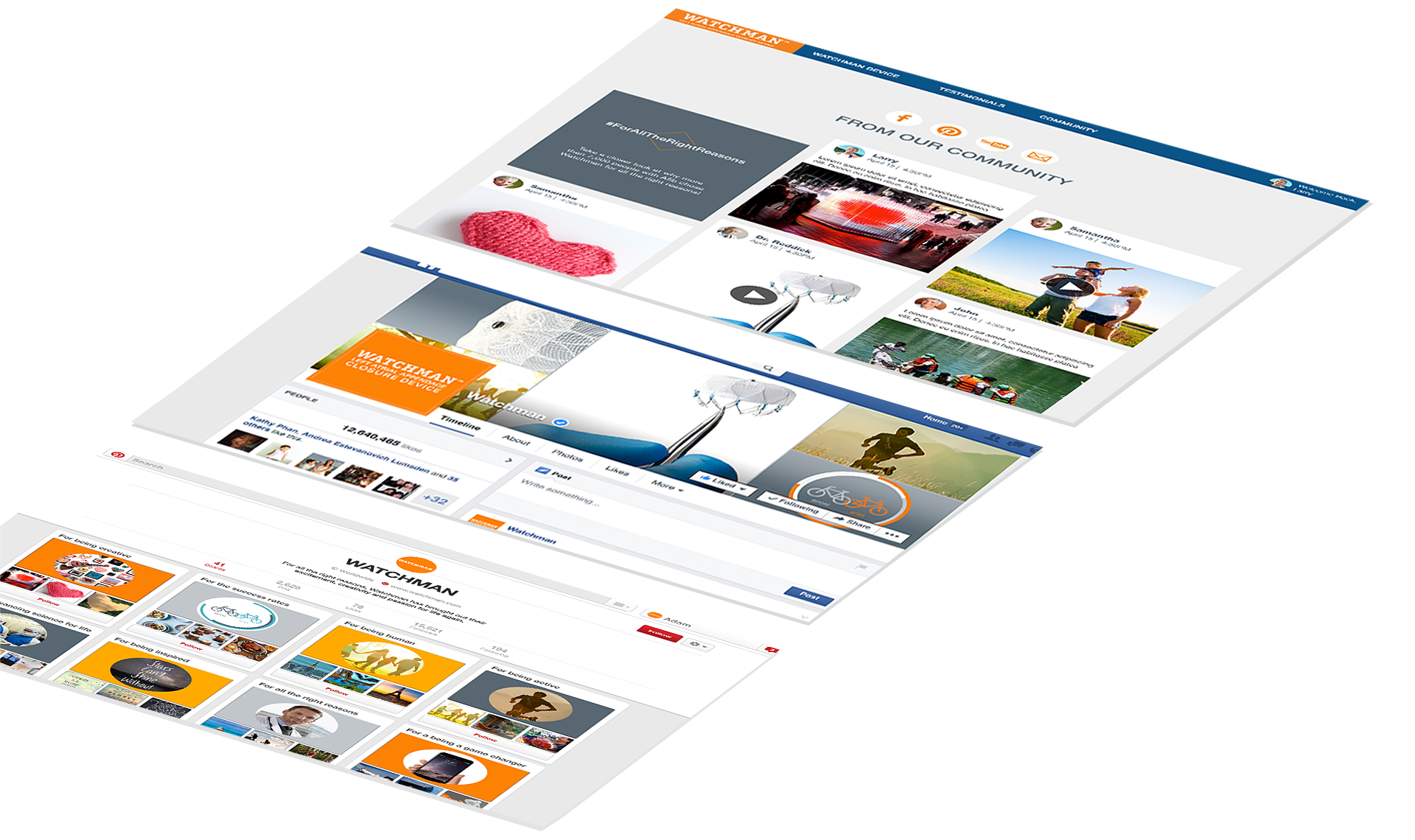
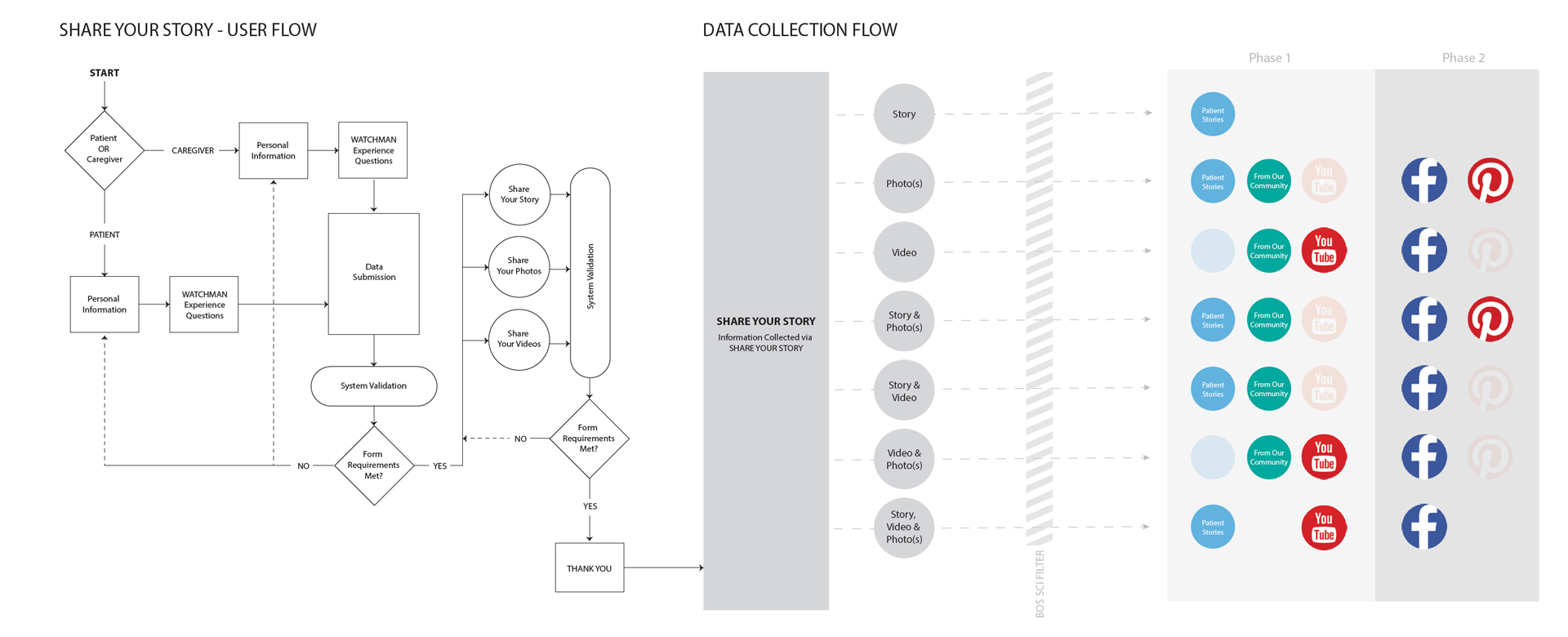
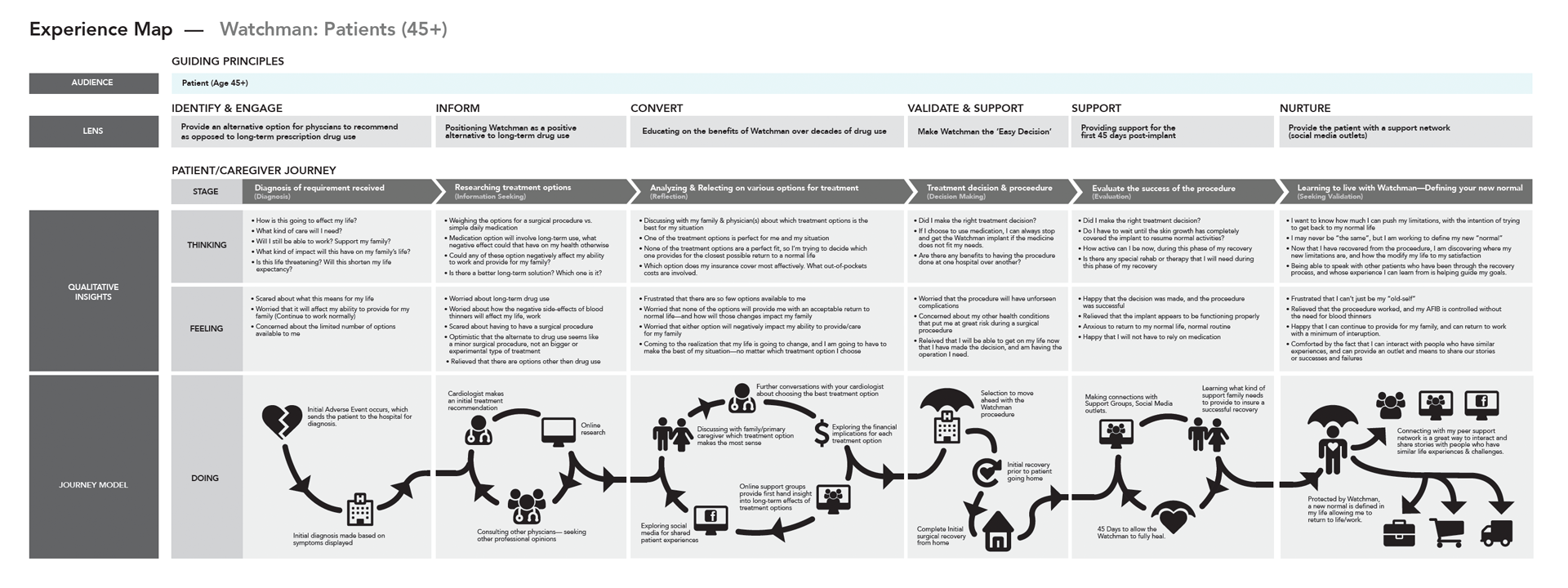
By the numbers.
6 awards.
140,000 unique visits in the first 3 months.
18,000 unique, engaged visits in the first 3 months.
1 app scaled across other medical devices.
1 platform scaled across other digital platforms.
Saved Boston Scientific over $3 million by establishing + leading an internal cross-disciplinary design + engineering team with a human-centered design approach.
Awards.
Creativity International Media & Interactive Design Awards, Bronze
Web Marketing Association, Outstanding Website
E-Healthcare Leadership Award, Silver
RX Club, Award of Excellence
Marcom Awards, Gold
Hermes Creative Awards, Gold

